Supply Chain Report – 10/13/2025
U.S. stock futures advanced Sunday evening after President Donald Trump signaled he might reconsider his plan to impose additional tariffs on Chinese imports. The remarks helped calm market jitters following a steep sell-off on Friday that was triggered by fears of escalating trade tensions between the world’s two largest economies.
As of 6:32 p.m. ET, Dow Jones Industrial Average futures climbed 0.8%, the S&P 500 futures rose 1.04%, and Nasdaq futures gained 1.34%. Investors appeared to respond positively to Trump’s assurance posted on Truth Social, where he wrote, “Don’t worry about China” and later added, “It will all be fine!”
The gains came after a volatile end to the previous trading week. On Friday, U.S. markets recorded their sharpest one-day declines in months, following Trump’s announcement of a potential 100% tariff on Chinese imports beginning November 1. If enacted, the measure would raise total duties on goods from China to 130%, nearing the highest levels seen during the height of previous trade disputes. The S&P 500 and Nasdaq experienced their worst sessions since April, while the Dow had its largest drop since May.
Trump’s more conciliatory tone on Sunday marked a notable shift from his comments earlier in the week, when he described China as “becoming very hostile” after Beijing expanded export restrictions on rare earth minerals—key components used in electronics, clean energy technologies, and defense manufacturing. These materials are considered strategically significant to global supply chains, and restrictions on their export have previously caused market disruptions.
Speaking to reporters aboard Air Force One, Trump referred to Chinese President Xi Jinping as “a great leader” and said they share “a great relationship.” The remarks suggested a potential easing of tensions, though the White House has not yet provided any official update on whether the proposed tariffs will be delayed or revised. When asked about the November 1 deadline, Trump replied, “Let’s see what happens,” leaving investors and policymakers awaiting further clarification.
In Beijing, the Ministry of Commerce issued a statement reaffirming that China’s trade position remains consistent, emphasizing that it “does not wish to engage in a tariff conflict but will not hesitate to take countermeasures if necessary.” The ministry underscored its commitment to protecting national interests while remaining open to dialogue.
The back-and-forth between Washington and Beijing has renewed concerns among global investors and trade analysts who warn that another round of tariffs could unsettle progress made during recent bilateral talks. Several economists note that the uncertainty surrounding U.S.-China trade policies continues to affect market sentiment, investment decisions, and corporate planning, particularly for companies dependent on cross-border supply chains.
During an appearance on Fox News’ The Sunday Briefing, U.S. Trade Representative Jamieson Greer said that the United States was not notified ahead of China’s new export restrictions on critical minerals. In contrast, a spokesperson for China’s commerce ministry stated that “relevant countries and regions” had been informed in advance, underscoring differing narratives between the two sides.
Market analysts suggest that while Trump’s latest remarks may offer temporary relief, the lack of a clear policy direction could continue to inject volatility into global markets. Investors are expected to closely monitor developments leading up to the November 1 deadline, as any shift in tone or policy could have significant implications for trade, manufacturing, and consumer prices.
Economists also point out that the evolving U.S.-China trade relationship will likely remain a defining factor for global economic stability heading into the final months of the year. Many expect further negotiations to determine whether the current tensions will ease or escalate into broader economic repercussions.
#MarketUpdate #GlobalTrade #USChina #EconomicOutlook #TariffNews

















